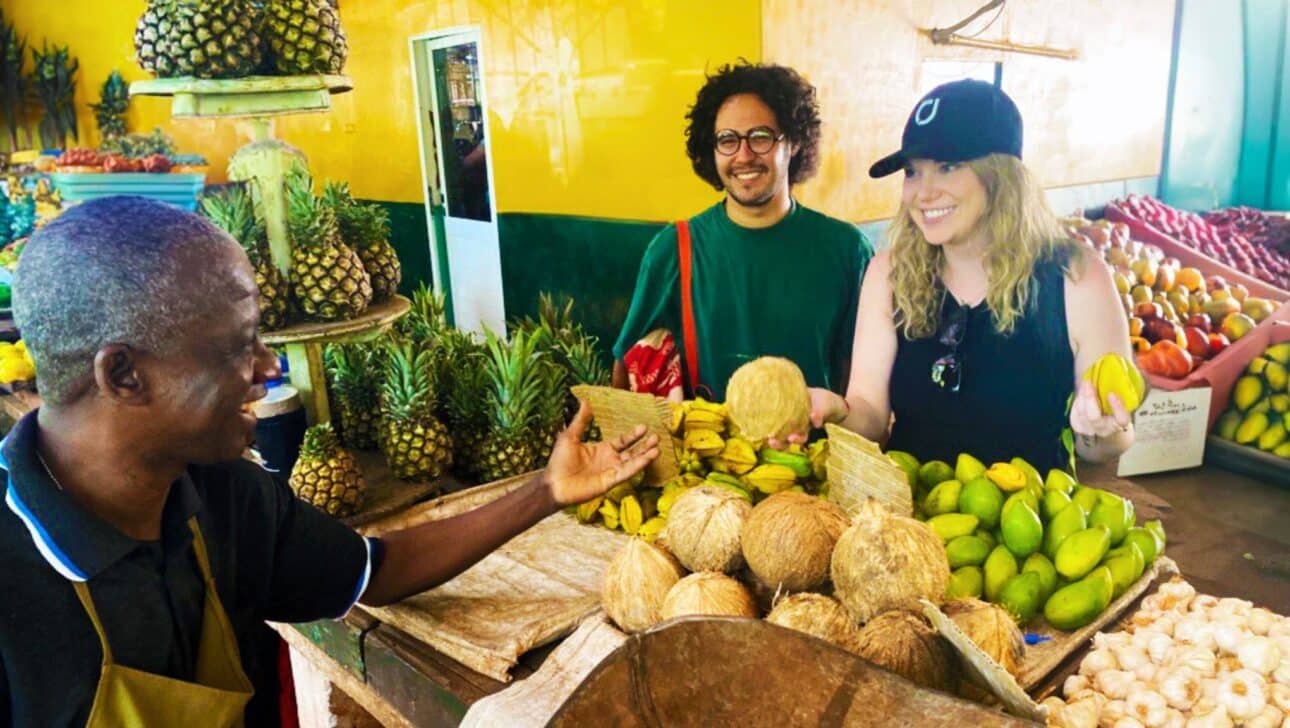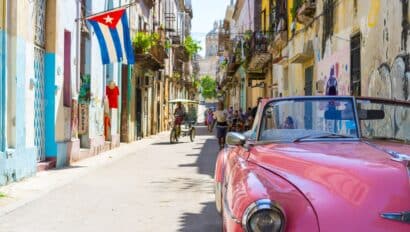Discover the enchanting rhythms and complicated undercurrents of Cuban life on our Classic Journeys cultural walking adventure
Cuba is hard for first-time visitors to fathom. But there is consensus that what they find will leave them spellbound. In fact, two decades after my first visit, I’m still scratching my head over a country where stones float and wood sinks.
Once, while traveling through the Valle de Viñales, I strolled into a vega—a tobacco field—where a sun-bronzed farmer welcomed me into his thatched bohío. “Why does your government not like us? They are too hard on us Cubans!” his wife scolded me before kissing my cheek and thrusting a bag of ripe tomatoes into my hand.
It’s the same all over the island. Cubans you’ve met only moments before embrace you warmly, call you “amigo” and invite you into their homes. Rum and beer are passed around. Friends and neighbors arrive. Hands are extended. Cubans you do not know hug you warmly.
Devout Fidelistas fêting their Yankee neighbors as long-lost friends? Almost everything about Cuba is a paradox. Visitors on a people-to-people tour marvel at the cultural complexities and contradictions of this unlikely communist isle in the sun.
History Comes Alive
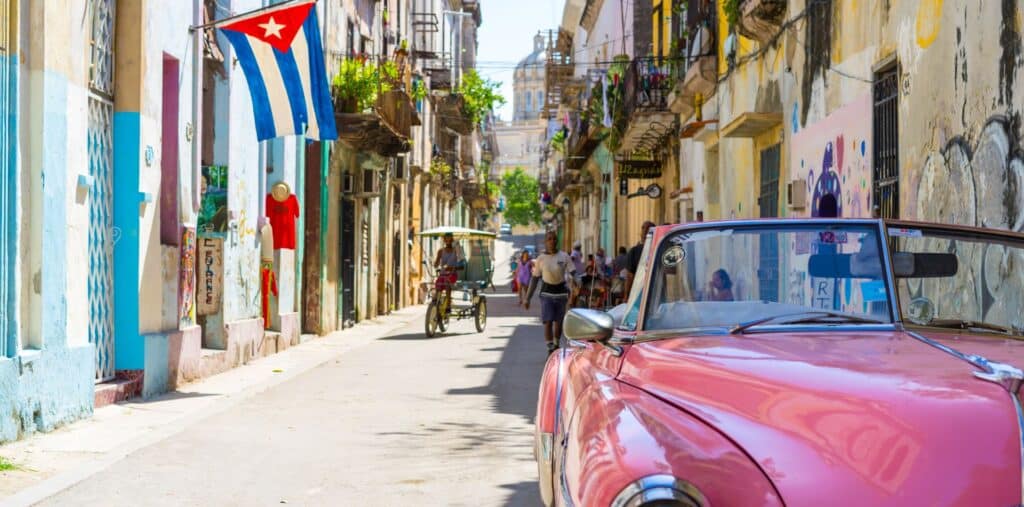
With all the hoopla about politics, it’s easy to overlook the sheer beauty of the place. The talcum beaches and bottle-green mountains and emerald Valle de Viñales, full of dramatic formations. The ancient cities, with their convents and castles and columned mansions evocative of the once-mighty power of Spain. And, not least, the “Yank tanks” of yesteryear-—Cadillacs, Chryslers and Chevys—on every block, conjuring the decadent decades of martinis and mafioso.
Ah, yes! The cars. After 50-odd visits to Cuba, I’m still enraptured every time I hop into a 1950s classic taxi and cruise to one of Havana’s spectacular new paladares—private restaurants—in mid-century luxury, generating a sense of “Twilight Zone” time travel echoing the city’s even more ancient mystique. That’s Cuba. Everything looks so nostalgic. Cities throughout the 780-mile-long island feel like they’ve sidestepped the currents of time. It’s hard to imagine that Florida is just 90 miles away.
Walking Havana’s streets, I feel like I’m living inside a romantic thriller. It’s intoxicating. Still laced with the sharp edges and sensuality that made Ernest Hemingway want “to stay here forever.” Every time I visit his former home, now the Museo Ernest Hemingway outside Havana, I imagine the well-tanned writer setting out, white mane beard haloed in tropical light, hoary chest showing beneath khaki shirt, on his way to town for a sugarless double daiquiri with his friends, most likely at El Floridita, the historic bar credited with inventing the drink.
Like most Cuban cities, Havana—the sultry seductress of pre-revolutionary days—is corroded to the point of dilapidation. Once-glorious 19th- and 20th-century buildings—Beaux Art, Art Deco, Modernist—are crumbling to dust around the people who live there. It’s a setting that Hollywood can only dream of. And one made all the more remarkable by the Cuban instinct for gaiety amid material paucity and dishevelment.
Cuba At Face Value
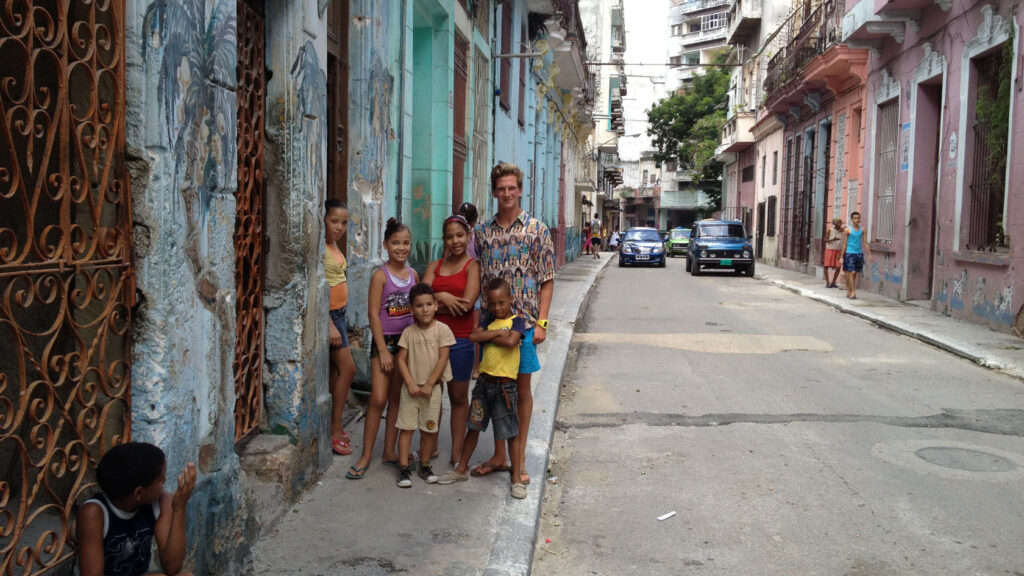
After many trips to this complicated country, I learned to stop judging Cuba through a U.S. value system. Cubans find pleasure not in the pursuit of material wealth but in simple and joyful passions. They have to. After all, they’re paid a pittance in pesos, averaging the equivalent of just $20 monthly. You’re befuddled figuring out how they survive by resolviendo, overcoming challenges with ingenuity, resilience and spontaneity. Maybe we can put it down to the music, the pulsing undercurrent of Cuban life.
Arriving at Las Terrazas, an ecologically sustainable community about one hour west of Havana, I’m greeted by a quartet playing salsa hot enough to cook the pork. When I visit the local school, the kids break out in song. Well-dressed, well-fed and beaming, they exemplify the self-assured ease of this gentle and generous culture.
Classic Journeys’ seven-day cultural walking adventure is a magical mystery tour of such fascinating people-to-people encounters: A visit with husband-and-wife automobile craftsmen whose small business specializes in restoring classic cars. A private salsa dancing lesson guaranteed to turn into a let-your-hair-down party, typical of a land where pleasures must be seized in the moment. And keen discussions on politics and agriculture with cigar rollers and with farmers using ox-drawn plows to comb the fertile soils into furrows.
Two decades since my first visit, Cuba still enchants me with its surreal combination of socialism and sensuality. It’s impossible to resist the country’s mysteries and contradictions. You can only succumb to its eccentric and enigmatic allure.
After all, where else can you smoke the world’s finest cigars fresh from the factory as you rumble down the highway in a chrome-spangled ’55 Cadillac to the rhythm of the rumba on the radio?
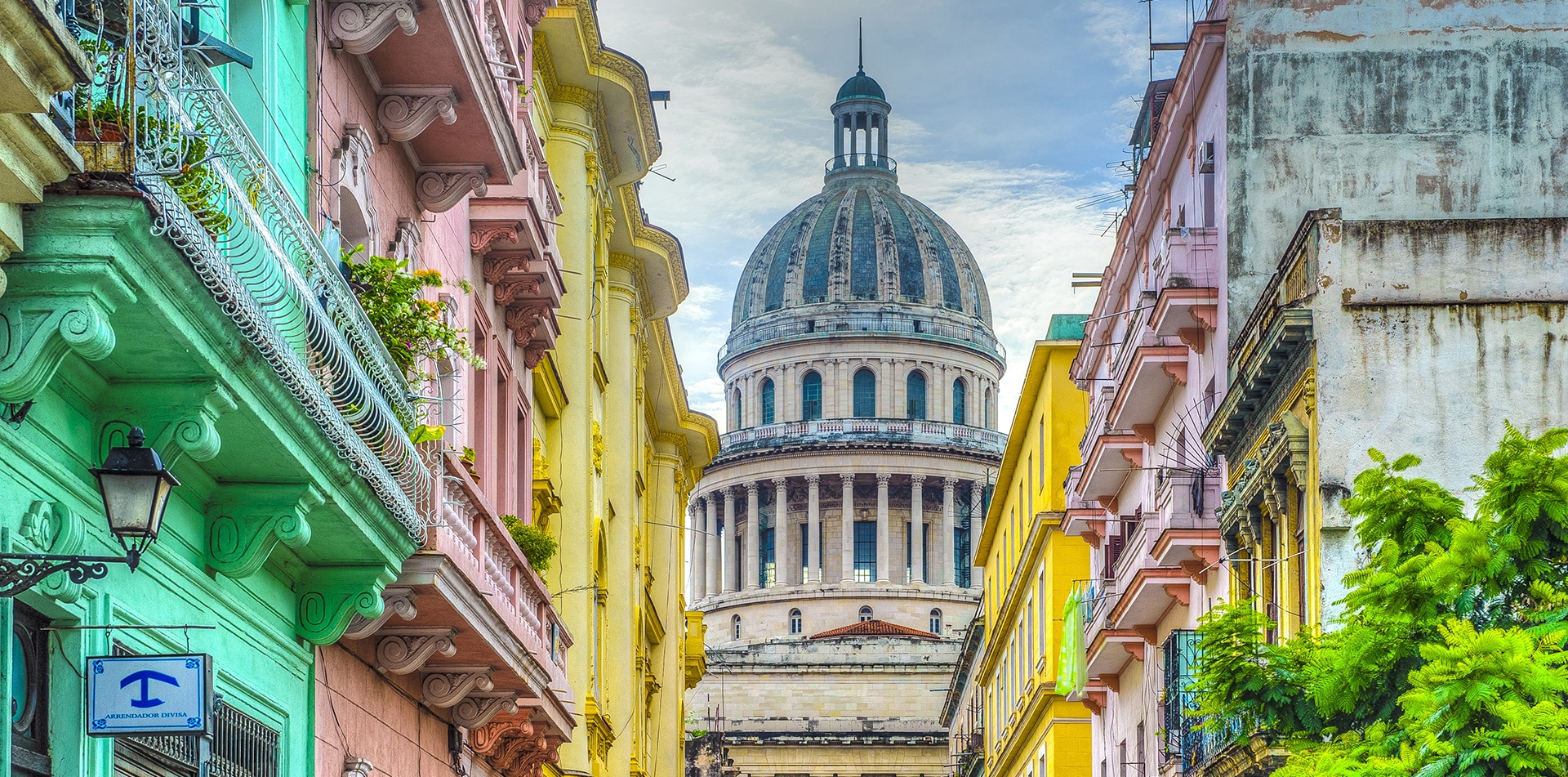
Explore Cuba
________________________________________________________________________________________
Christopher P. Baker is an award-winning journalist who has written multiple books on Cuba, including Mi Moto Fidel: Motorcycling Through Castro’s Cuba, a two-time National Book Award winner. Baker also helped craft Classic Journeys’ people-to-people Cuba itinerary: https://www.classicjourneys.com/cuba/

